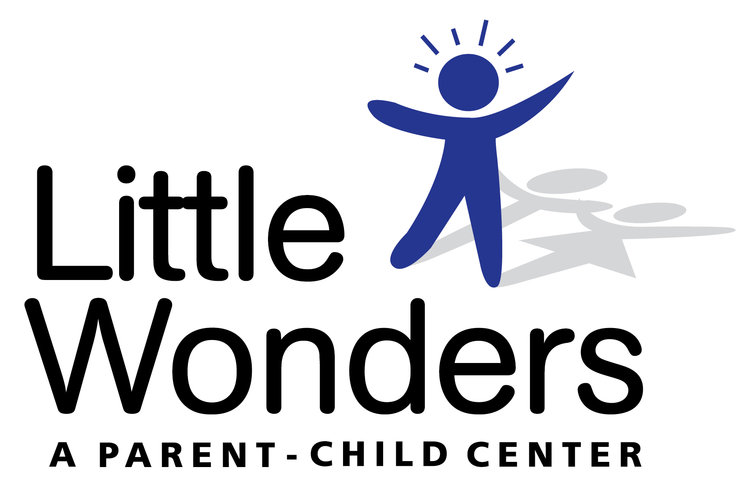By Nurse Judy
Here is a post from several years ago that was initially published by Nurse Judy a famed pediatric nurse in San Francisco. We came across her during our time in SF when our daughter was a patient at Noe Valley Pediatrics. She publishes her blog (www.nursejudynvp.blogspot.com) and has an incredible amount of advice when it comes to pediatric care. I reached out to ask if it was ok to share some of her articles she had written on our Little Wonders blog and she was happy to oblige
-Daphne Howe
Some time ago I had a phone chat with one of the moms of a patient, about some behavior issues. Her daughter was 2&1/2. At home, there was an unpleasant amount of parental nagging and child tantrums. Mom was astonished when she spent a few hours at her daughter’s daycare co-op. She watched in awe as the kids all immediately followed the request to clean up the toys. After lunch, this little group sat nicely, eating their healthy meal and then got up to clear their plates. What completely stunned this mom was watching all of the kids line up to compost whatever food scraps there were. Composting! Really?!? As she told me, this was a completely different child than the one she had living with her. This is a pretty good example of how important rules and consistency are. It is, in fact, not at all uncommon for kids to behave beautifully in some situations and completely act out in others. If rules are clear and simple, most kids will follow them. As long as rules are in the child’s best interest and reasonable, kids thrive in a consistent environment.
Kids need to understand what the rules are.
If there are rewards/incentives what are they?
What are the consequences for not following through?
Once the kids are old enough, have them be involved in negotiating the new “official guidelines.” What do they think would be a reasonable consequence. Are there certain incentives that they would like to work towards?
How can you implement this at home?
Think small. Not everything has to be regimented but let’s address one common area of conflict, such as cleaning up toys, and make it simple.
Easier said than done, but try to have an organized system so that putting toys away is straightforward. Know where they came from so that they can be returned to where they belong. If you can’t do that, you possibly have too many toys and you should take some of them out of circulation.
Large toy boxes/trunks are okay for really large items, but they tend to become a dumping ground. You are better off investing in shelves with different bins. Low shelves are for toys that kids can have easy access to. Have a designated high shelf area for setting aside toys that need adult involvement.
Take a photo of the toy that lives in the bin and glue the image on. This can be a family project. (Great rainy day activity!) Maybe the picture can include your child holding the toy. There can be a box for little cars, a box for dolls, a box for crayons...etc. Perhaps have a rule about only 2 or 3 boxes being down at a time until your child shows you that they can manage cleaning up more of a variety.
Sorting can be a game. Give a transition time:
“Ten minutes until clean up."
“Five minutes until clean up."
Some kids may do well with a timer.
Everyone needs to understand what the new clean up rules are.
When playtime is over, it is time to do the full clean up. Put on some music or have a clean up song.
Children have a set amount of minutes to put the toys away.
While you might start by helping out and setting a good example, the ultimate goal is that your kids can do this on their own. Make sure that they are doing most of the work. When the time is up, make sure you give positive feedback. The toys are safe and ready for the next time they want to play with them.
If they did NOT clean up, now it is your turn. Anything that you clean up is yours to do with as you please. You can put it high up where the kids don’t have access until they agree to do a better job cleaning up. Tell some stories about children who did a good job cleaning up. Parents were so proud! Their toys stayed safe and organized. Tell a parallel story about a less successful outcome. Parents ended up doing the clean up and the toys went high up and away. This process eliminates potential sources of nagging:
These are the clean up rules; they are clear and simple.
Cleaning up is easy. It takes a few minutes. It can even be fun!
Kids remain in control of the toys that they put away.
Or mommy/daddy can clean up but the toys are gone for a while.
Many of our kids have so much stuff (mine were no exception) that you may wish to consider rotating toys. If you take something out of circulation for a while it might feel new and fresh when you bring it back. Doing a toy swap with friends is another good way to have an assortment of things to play with that feel new and exciting. Keep in mind that some kids are rougher than others. Don’t lend out anything that you care too much about. It may not come back in the same shape that it went out! As Marie Kondo from the popular Netflix series would say, it if doesn't bring you joy, get rid of it. Start small, be clear and consistent, and problem solve so that you don't end up in nagging cycles, to kids who ignore you. Who knows, the next step might be composting!


